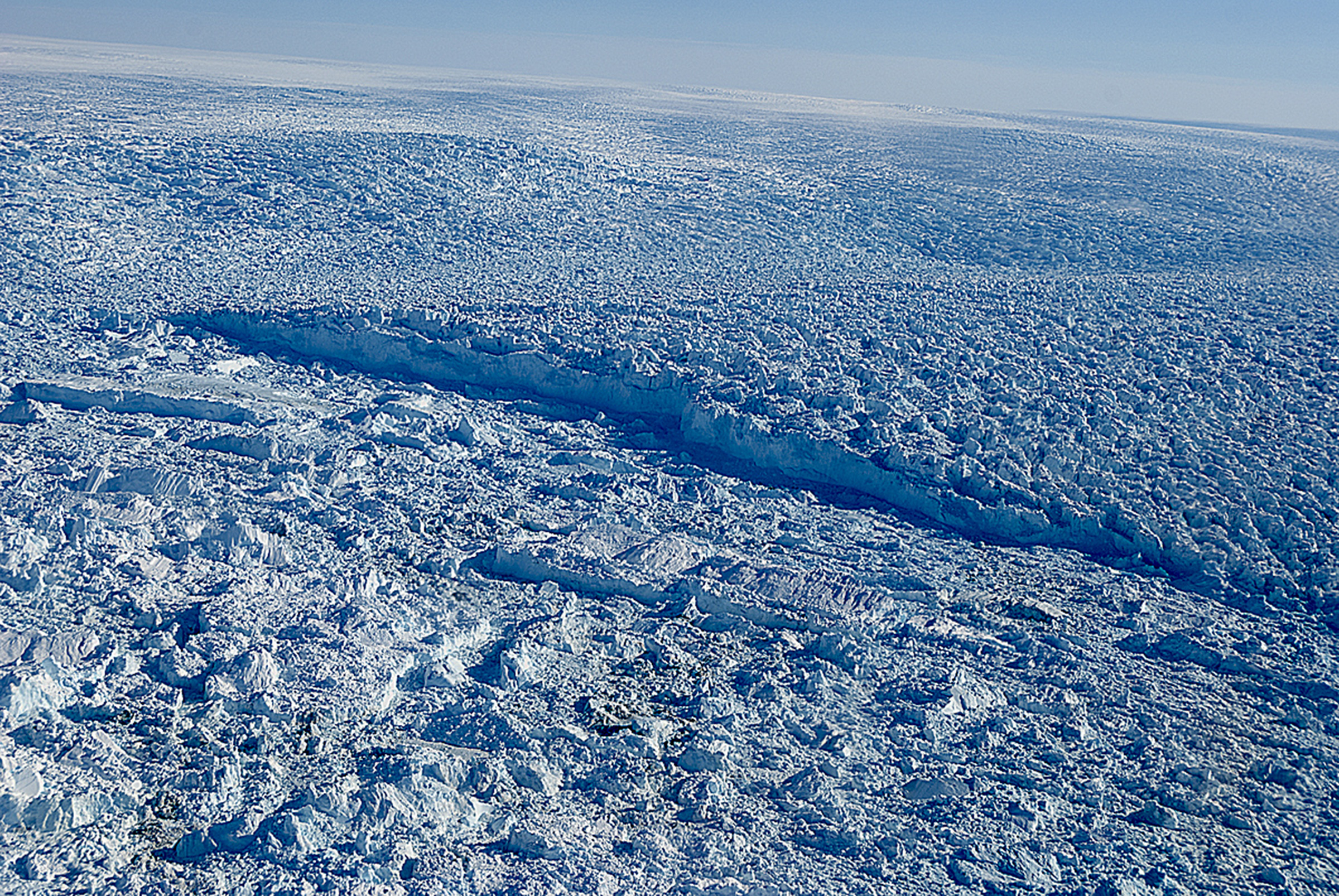A glacier that was once Greenland’s fastest melting is growing again — for now
Researchers say the surprising shift — due to cooler ocean waters — is only temporary.

Greenland’s Jakobshavn Glacier, which for the past two decades had been rapidly thinning and retreating, recently began advancing again, and has grown in thickness, a new study from NASA scientists has found.
Jakobshavn, which had been the single largest site of ice loss for the Greenland ice sheet, shifted in 2016, according to the study, published Monday in the journal Nature Geoscience.
[Greenland and the hunt for better climate science]
The researchers, from NASA’s Oceans Melting Greenland project, attribute that shift to locally cooler ocean waters — tied to a natural cycle in the North Atlantic, explains National Geographic.
Jason Box, a top Greenland ice expert who wasn’t part of the study team, told the Associated Press that the findings came as a surprise, but that they don’t mean a permanent reprieve for the glacier.
“The good news is that it’s a reminder that it’s not necessarily going that fast,” he said. “But it is going.”
The study’s authors agree. One, OMG lead investigator Josh Willis, told USA Today that the shift is a “temporary break,” and that “seeing the oceans have such a huge impact on the glaciers is bad news for Greenland’s ice sheet.”
Greenland’s ice continues to melt rapidly, and a recent study found that it is the largest Arctic contributor to global sea level rise.
But the new study highlights the complexity of this melt and the difficulty scientists face in measuring it — and it points the way toward future research questions: “[P]rojections of Jakobshavn’s future contribution to sea-level rise that are based on glacier geometry are insufficient, and that accounting for external forcing is indispensable,” the study authors wrote.